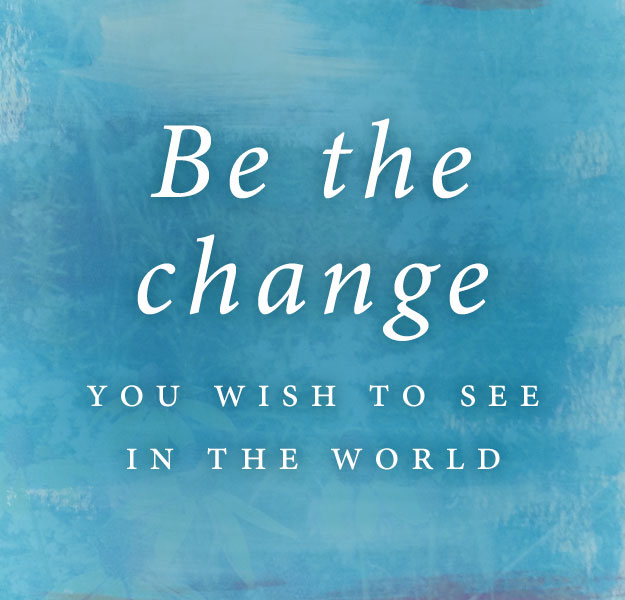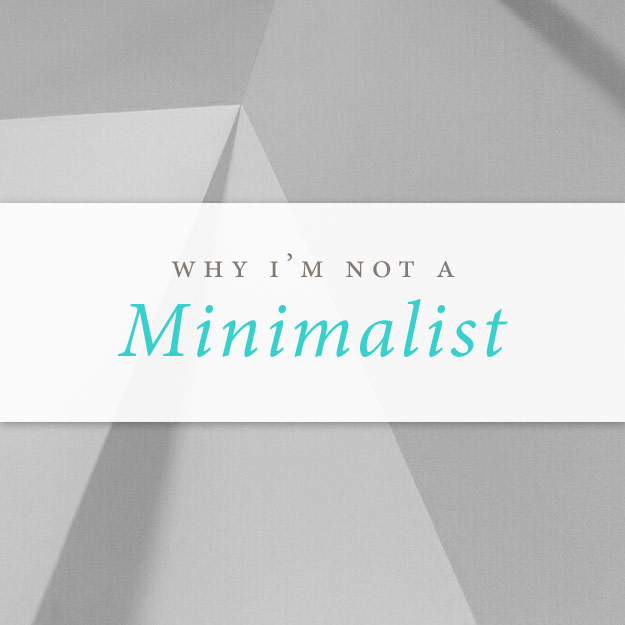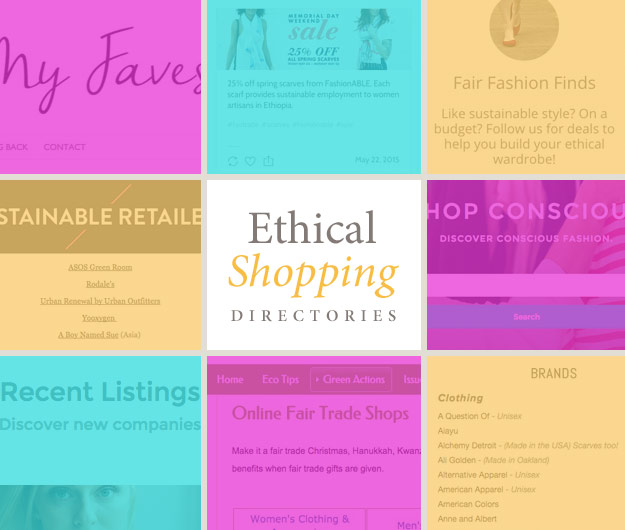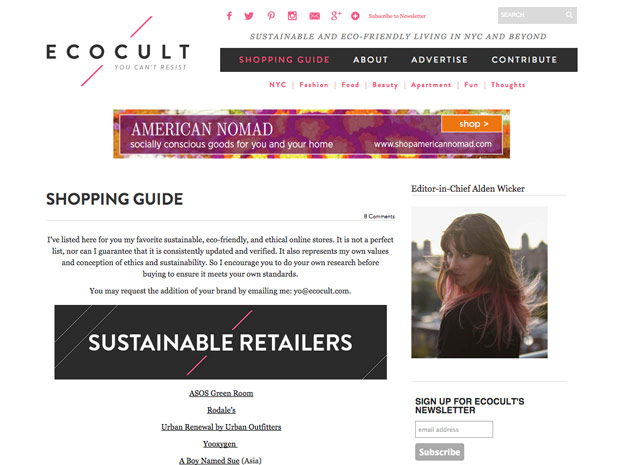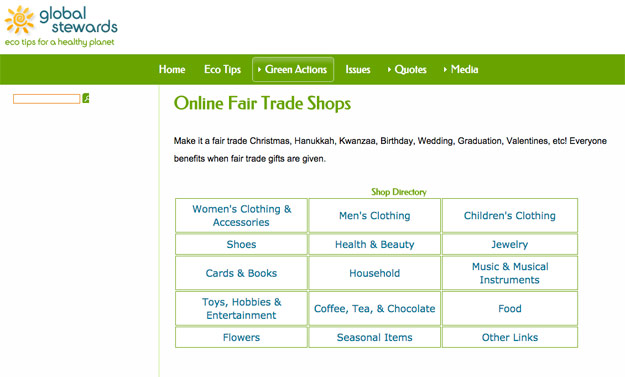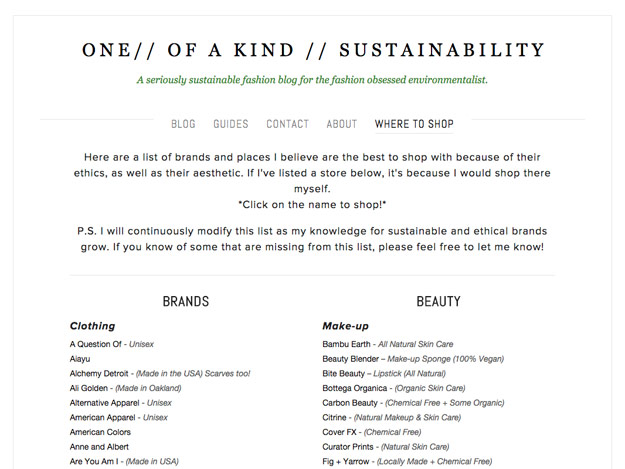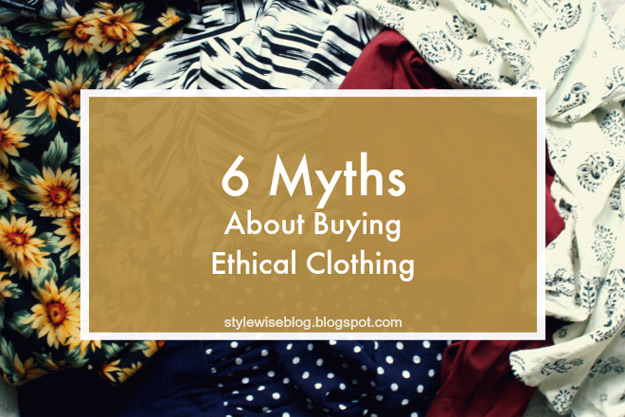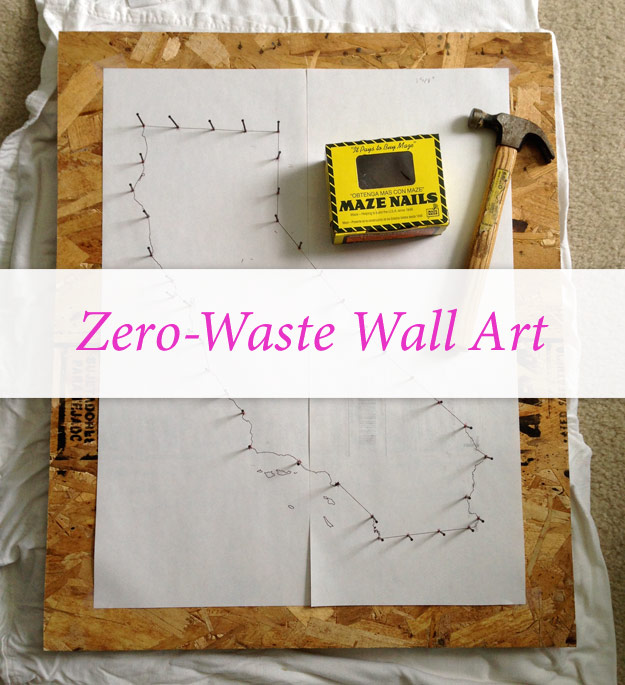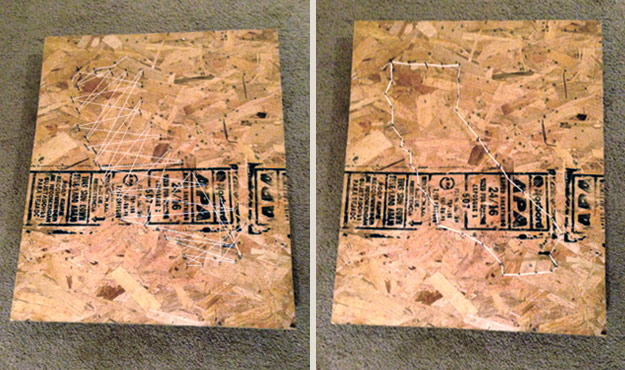Thoughts on Embracing Responsibility
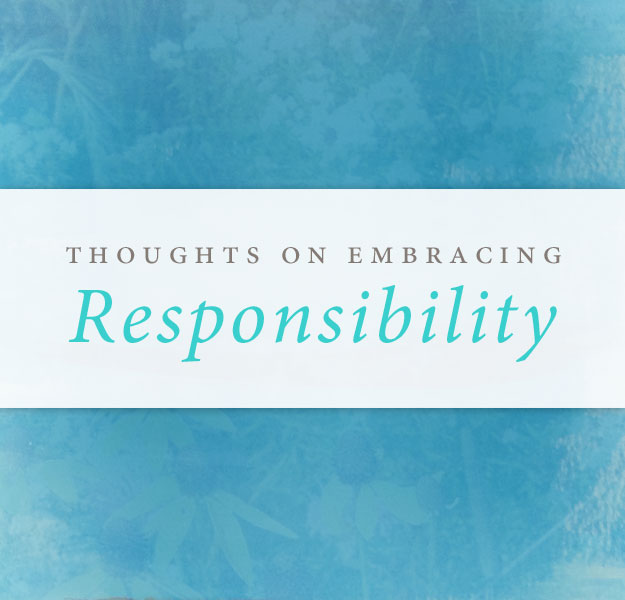
Those who have known me since I was a kid know that I’ve always been unusually conscientious. The story I tell to illustrate this point is when I was about eight, I was playing at a friend’s house and we decided to do some prank phone calls. We called some random number and made incoherent jokes about refrigerators running—or maybe we just giggled and hung up, I’m not sure. What I do remember is that this occurred right when caller ID and *69 were becoming a thing. The guy called back and told us to stop bothering him, and I was mortified.
This having taken place at my friend’s house, I went home and my parents were none the wiser. However, I couldn’t sleep, lying in bed wracked with guilt, so in the middle of the night I got up, went into my parents’ room, confessed, and grounded myself.
I suppose it’s not surprising that a kid with that intense of a conscience grew up to become invested in issues like human trafficking and economic justice. But what I’m only recently realizing is that my aggressive personal Jiminy Cricket has a counterpart that’s helped shape my lifestyle and worldview—a sense of power and responsibility.
What has kept me from curling into a ball of anxiety from my conscience is the fact that I’ve always believed I can do something about it. My eight-year-old self solved the problem by doling out my own discipline. Today, when I feel a sense of moral urgency or concern about a social or environmental issue, I just decide to do what I can about it.
I can choose fair trade chocolate over conventional brands. I can put off replacing those shoes that only show a few signs of wear. I can choose packaging-free food, secondhand clothes, slavery-free gifts. I can say “no” to things I don’t really need.
Will my actions alone change the world? No. But the beauty of lifestyle changes is that you’re not alone—it’s about being part of a community of people seeking change, who are willing to incorporate pieces of that change into their everyday lives. “Be the change you wish to see in the world” is only cliché to people who aren’t actually doing it. Once you’ve started, it’s just common sense.
Our responsibility to each other is something to embrace, not avoid. All of us on this planet are connected to one another. My actions and your actions have ramifications for those around us and for thousands of people across the globe who we’ll never meet. Instead of that truth freaking you out, let it excite you, because that means you have the power to make life better, in varying degrees, for those people you’re connected to.
That’s what I want this blog to be about. It’s bigger than ethical shopping or tips for reducing waste, though that’s part of it. It’s about a belief that together our choices build a better world, and everyone has the power to participate.
